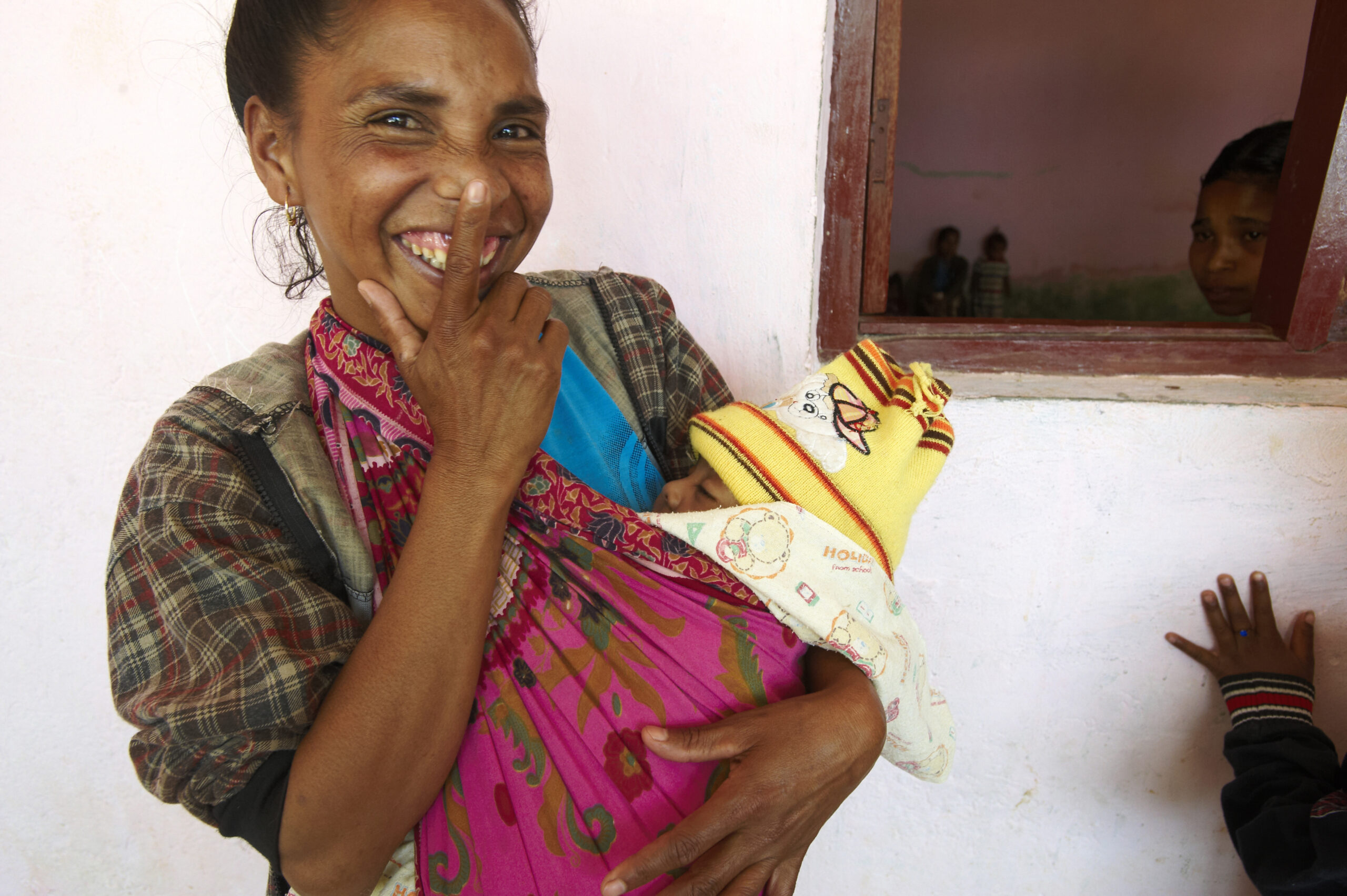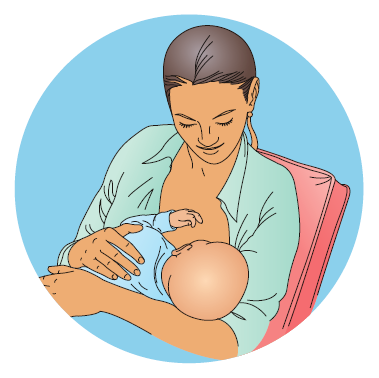Traditional family planning
A daily tablet to prevent pregnancy
Family planning through fertility awareness
Traditional family planning can be used both to prevent unplanned pregnancy, and to increase the chance of a pregnancy if a couple has been having difficulty.
There are many different traditional methods. Each of these methods uses different signals from a woman’s body to identify the times when she is most fertile and when she is least fertile. A trained professional can teach you to understand these different signals.
Traditional methods include those that regularly track cervical mucus, such as the Billing’s method, those that track a woman’s body temperature, frequent and regular breastfeeding during the first six months after birth, and abstinence during certain times of the menstrual cycle.
For natural methods to be effective, a woman needs to have a good understanding of her unique menstrual cycle. To prevent unplanned pregnancy, a woman and her partner should not have sex during the times when she is most fertile.
Effectiveness
The effectiveness of traditional family planning methods varies by method, and by couple using the method.
Availability
Traditional family planning counselling services are available at our Family Health Clinic in Dili and through outreach teams in the municipalities where we work.
Pricing
Counselling is free through outreach, and at a small cost at the Family Health Clinic.
Call the Family Health Clinic on 3322 841 for more information on price.
“We’re planning to have a baby, but have not gotten pregnant yet. We came to the clinic for a check-up, and the midwife taught us about understanding the times when we are more likely to get pregnant.”


Standard days/calendar method
This method involves keeping track of the days of a woman’s menstrual cycle and identifying the start and end of the fertile period.
Couples must abstain from sex or use a different family planning method on those days. This method is reliable in women with regular menstrual cycles between 26 and 32 days long.
If one hundred women used the standard days method consistently and correctly and carried on with their normal sex life, five would get pregnant.
However, because this method is difficult to use, with normal use about 25 women out of one hundred would get pregnant within a year of using this method.

Breastfeeding method
This is a temporary contraceptive method based on the natural effects of breastfeeding on fertility.
The breastfeeding method requires 3 conditions in order to work. All 3 must be met:
- The mother’s monthly menstrual cycle has not returned.
- The baby is fully or nearly fully breastfed and is fed often, day and night.
- The baby is less than 6 months old.
“Fully breastfeeding” includes both exclusive breastfeeding (the infant receives no other liquid or food, not even water, in addition to breast milk) and almost-exclusive breastfeeding (the infant receives vitamins, water, juice, or other nutrients once in a while in addition to breast milk).
“Nearly fully breastfeeding” means that the infant receives some liquid or food in addition to breast milk, but the majority of feedings (more than three-fourths of all feeds) are breast milk.

Withdrawal method
The withdrawal method is when the man withdraws his penis before finishing the sex act.
The man then ejaculates away from the woman’s genital area to prevent pregnancy.
The withdrawal practice requires full cooperation from the male partner. It is also one of the least effective methods of preventing pregnancy as it is difficult to practice correctly all the time.
Effectiveness of natural family planning methods
It takes commitment and practice to use traditional family planning effectively.
Taking into account the fact that people can make mistakes, forget instructions or that other problems can occur, some estimates suggest that traditional family planning can be around 75% effective.
This means that 25 out of 100 women using natural family planning may get pregnant.
If traditional family planning methods are used correctly and according to instructions, however, they can be 99% effective. This means that one out of 100 women using traditional family planning correctly will get pregnant.
If you decide to use traditional family planning, you can reduce your risk of accidental pregnancy by making sure you are taught natural family planning by a suitably qualified teacher, and then making sure you follow their instructions and advice.
Thinking of using traditional family planning methods? We recommend booking a consultation to help teach you and your partner the best practices to reduce the risk of accidental pregnancy.





